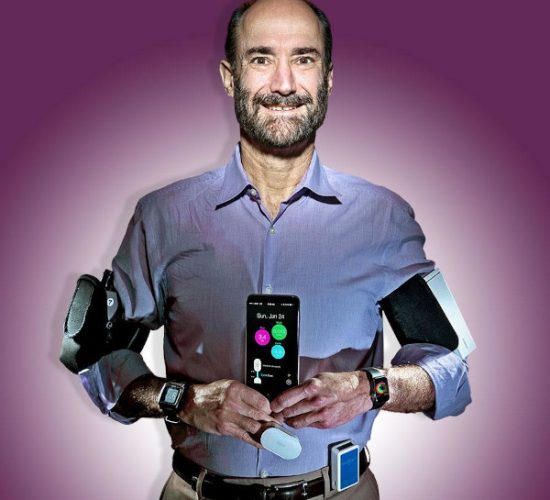Introduction
In a recent episode of the Tick Boot Camp podcast, host Rich Johannison and special guest co-host Ali Moresco interviewed Dr. Michael Snyder, a renowned researcher in the field of wearable technology from Stanford University. Dr. Snyder shared his insights on how wearable devices such as smartwatches and fitness trackers could potentially be the missing link in the early detection, diagnosis, and treatment of Lyme and tick-borne diseases. In this blog post, we’ll discuss the key takeaways from the interview and explore the implications of wearable technology for Lyme disease patients, healthcare providers, and insurance carriers.
The Power of Wearable Technology in Lyme Disease Detection
Dr. Snyder’s interest in wearable technology began when he discovered that his smartwatch was able to detect the early signs of Lyme disease in himself. While working in rural Massachusetts, an area known for its high tick population, Dr. Snyder had unknowingly been bitten by a tick. Two weeks later, while flying to Norway, his smartwatch recorded an unusually high heart rate and elevated skin temperature, which prompted him to seek medical attention. Upon returning to the United States, he tested positive for Lyme disease.
The ability of wearable devices to monitor physiological changes in real-time holds immense potential for the early detection of tick-borne diseases. By tracking variables such as resting heart rate, heart rate variability, and galvanic skin response, smartwatches and other wearables could potentially alert individuals to infections before they even experience symptoms.
Improving Diagnosis and Treatment through Data Collection
Wearable technology could also play a significant role in refining the diagnosis and treatment of Lyme and tick-borne diseases. By collecting and analyzing data from large cohorts of individuals, researchers like Dr. Snyder can identify patterns and correlations that may help in subtyping chronic Lyme conditions, tailoring treatment plans, and understanding individual responses to specific interventions.
Additionally, wearable devices can monitor patients’ exposure to environmental factors, such as pesticides, allergens, and other potential triggers. This information can be valuable for both patients and healthcare providers, allowing them to better understand and manage the factors that contribute to the development and progression of Lyme disease.
Implications for Healthcare Providers and Insurance Carriers
The potential benefits of wearable technology extend beyond patients to healthcare providers and insurance carriers. Early detection and intervention could lead to better patient outcomes and reduced long-term healthcare costs, making it more likely that insurance carriers will cover the necessary treatments for Lyme disease patients. Furthermore, the data collected by wearable devices can help healthcare providers make more informed decisions about treatment plans, leading to more effective and personalized care.
Listen to Our Podcast Interview
Don’t miss out on this insightful episode of the Tick Boot Camp Podcast, where Dr. Michael Snyder discusses the potential of wearables as the missing link in Lyme disease detection and treatment
Conclusion
The integration of wearable technology into the management and treatment of Lyme and tick-borne diseases has the potential to revolutionize the way these conditions are detected, diagnosed, and treated. As researchers like Dr. Michael Snyder continue to explore the possibilities offered by these devices, we can look forward to a future where Lyme disease patients have access to more effective, personalized care and are empowered to take control of their health.






